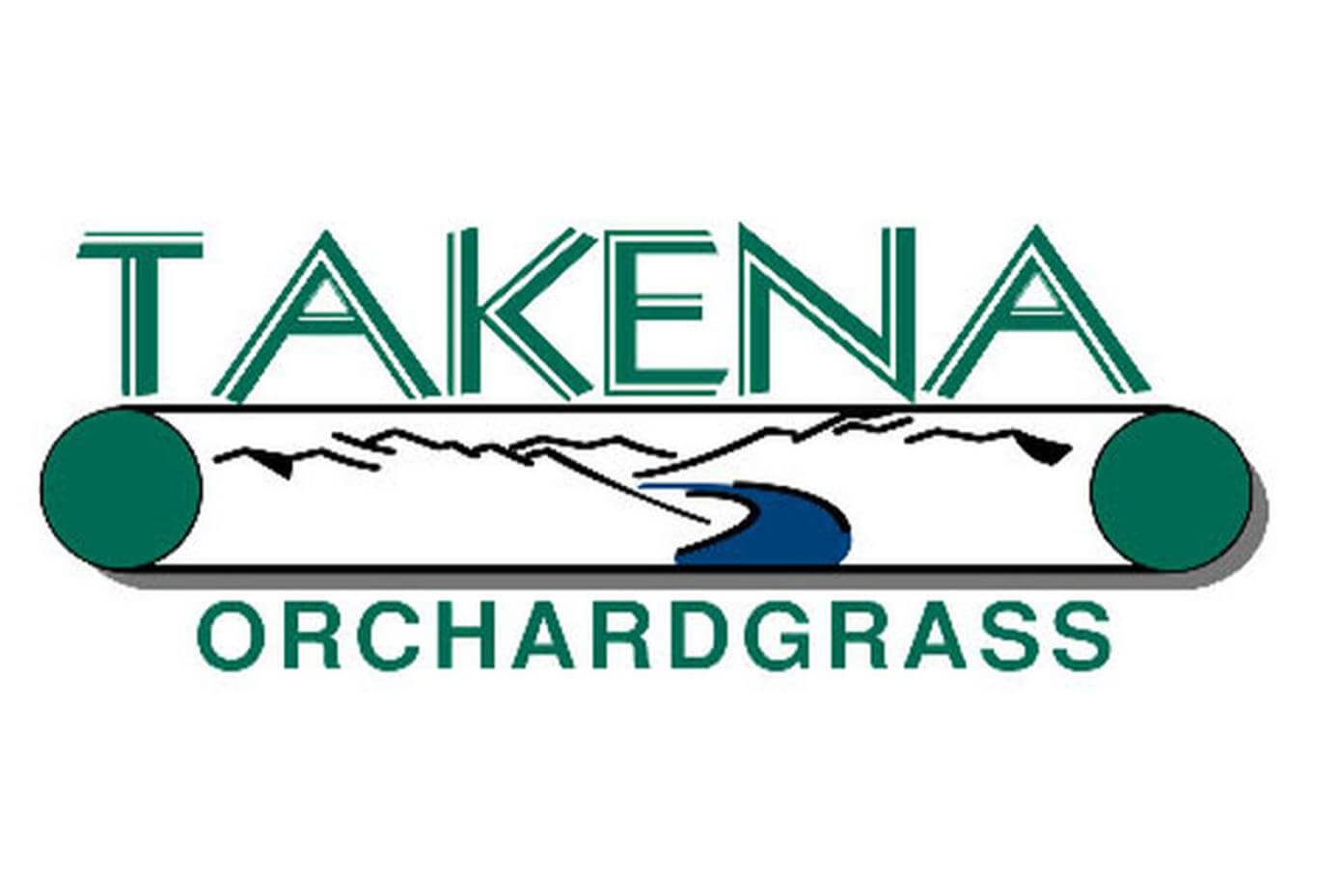Crop Comments
While much of the country is covered in snow (and more on the way!), Oregon grass seed growers are mowing their home lawns and getting their ATV’s stuck in their fields. Fall planted crops have generally established and have made it through winter fine. Below are comments on a few key crops, especially looking at relative acreage for the 2010 crop:
Common and domestic variety Annual Ryegrass acres are down slightly. Carryover is expected to be lower for 2010 due in part to good export demand over the past few months. Contract production of certified export varieties is up.
Perennial Ryegrass acres are considerably reduced and should result in surpluses disappearing.
Tall Fescue acres have already been reduced by 25- 30% with additional reductions anticipated this spring. Expect the supply-demand balance to come more in line over the next 6-12 months.
Orchardgrass acres are down 5-10%. Carryover will be mostly associated with uncertified public varieties and/ or less than stellar quality.
Fine fescue acres in Oregon, which aren’t much to begin with, are slightly increased as companies look to use more improved varieties.
Wheat acres are at least double last years, which was significantly higher than ‘08.
Way Cool Persist News!
We hope you aren’t getting tired of hearing about Persist Orchardgrass, because it seems like there’s always more to tell. For example, this last month the Maritime Provinces of Canada - that’s New Brunswick, Nova Scotia, and Prince Edward Island - have included Persist Orchardgrass in their 2010 Forage Guide. That’s because Persist is now approved for use in Canada and has been performing VERY WELL up in the Maritime trial sites. Not too bad for a variety that was developed about 1,900 miles south, eh? Maybe when those Tennessee researchers were doing their hand selection of 97 separate ecotypes throughout the state they found a few cold tolerant plants! As long as we keep getting information like this, we will keep talking about Persist. In the meantime, visit PersistOrchardgrass.com and see the data for yourself!
Takena is Back!
Speaking of orchardgrass, you might have noticed that Takena Orchardgrass is back on our price list. We’ve got a little bit left for the rest of this year and will have more this fall. Takena is a great compliment to Persist, as it is a later maturing variety. Like Persist, Takena is an excellent forage yielder. As mentioned supplies are limited. Also, we are open to discussion regional exclusivity agreements. You can learn more about Takena at SmithSeed.com or by giving one of us a call.
Ten Keys to a Profitable Forage Program
Key #7 - Strive to Improve Pasture Utilization
The quantity and quality of pasture growth vary over time. Periodic adjustments in stocking rate or use of cross fencing to vary the type or amount of available forage can greatly affect animal performance and pasture species composition. Knowing the advantages and disadvantages of different grazing methods allows use of various approaches as needed to reach objectives. Matching stocking rates with forage production is also extremely important.
From “Ten Keys to a Profitable Forage Program” www.uky.edu/Ag/Forage/Ten Keys.pdf
